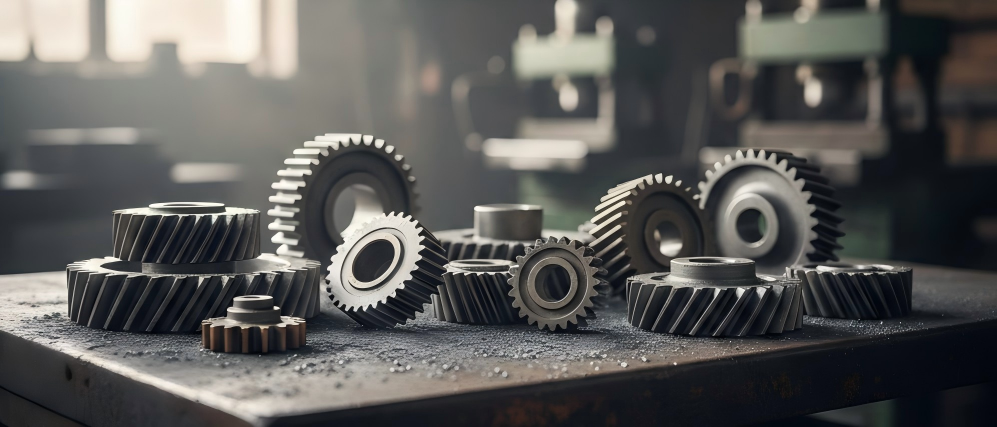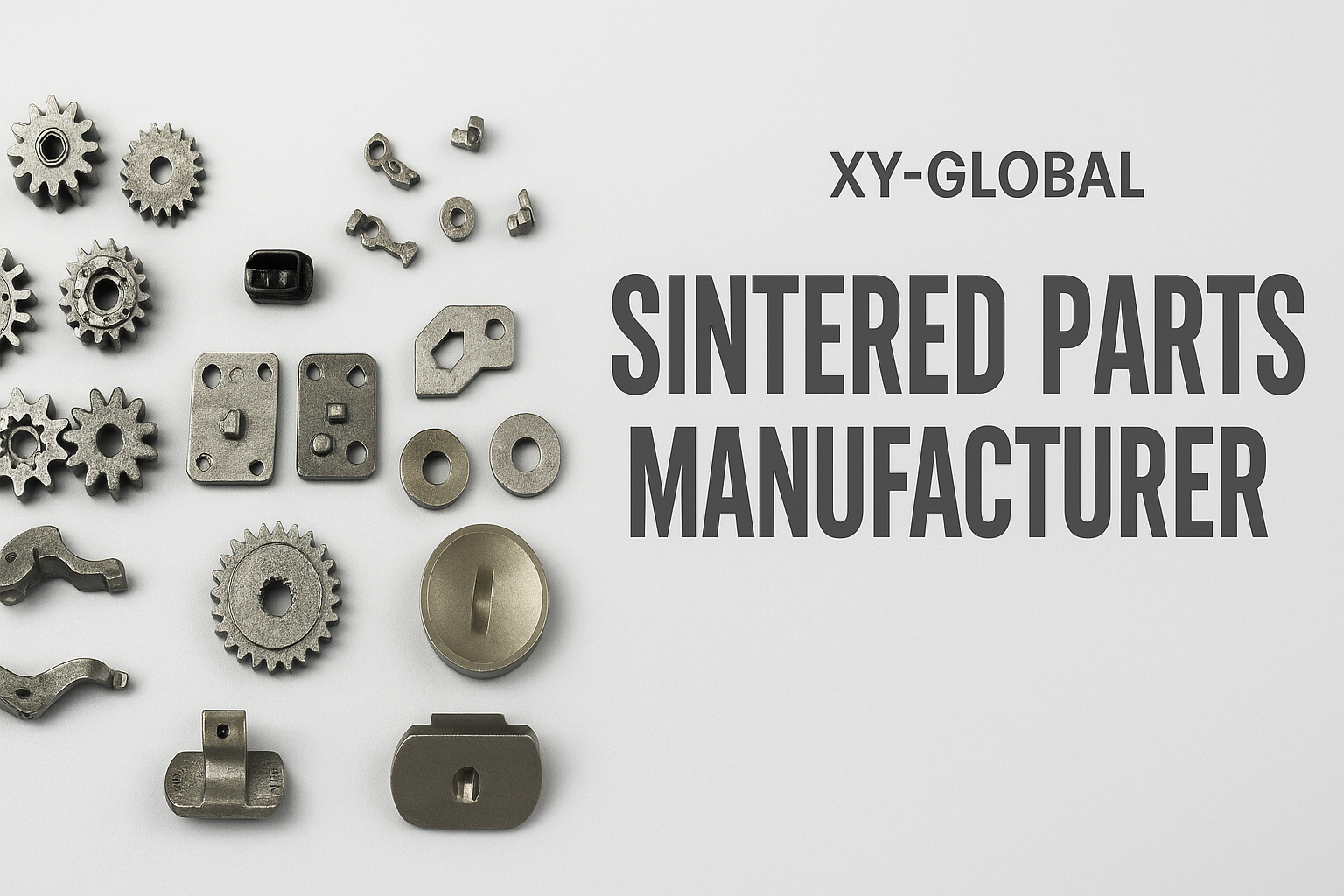Why Choose XY-Global for Metal Injection Molding?
Professional Technician
We have many professional material engineers and production process engineers with more than 15 years of working experience.
Multiple professional quality control personnel provide all testing or AQL services and communicate with you in real time for feedback.
Advanced Machines
We have unique process equipment, special materials, professional testing equipment, and production process equipment.
Diverse Materials
We can independently develop rare materials to produce your special products.
Innovative Manufacturing Process
We have special and professional production processes to achieve your needs.
Excellent Production Environment
Our factory has reached the quality management system of ISO9001, ISO14001.
We provide Lifetime Warranty and Technical Support services, feel free to contact us at any time.
Metal Injection Molding (MIM) is a processing technique in which a metal powder is mixed with a polymer binder and then injected into a molding machine for molding. It is similar to plastic injection molding, but the material used is metal powder, which is compressed into the desired shape through a process of high-temperature treatment and metal sintering, followed by surface treatment and finishing.
MIM has the following characteristics:
1. High precision: Metal injection molding can manufacture very complex parts with high dimensional accuracy, capable of achieving ±0.3% high precision requirements.
2. High material utilization rate: Metal injection molding can utilize metal powder, and the material utilization rate can be more than 98%.
3. Low Cost: metal injection molding has high production efficiency, short production cycle, simple process, and can be mass-produced, so the cost is low.
4. High Performance: The finished material of metal injection molding has high density, excellent strength, hardness, wear resistance, corrosion resistance, etc., and can be used in high-end fields.
5. Energy Saving: Compared to traditional metal processing methods, metal injection molding has lower energy consumption because the manufacturing process does not require high-temperature melt treatment.
It is suitable for a wide range of metal materials, including stainless steel, tungsten, molybdenum, iron, copper, nickel and other metals and their alloys, which can meet a variety of needs.

Metal injection molding is widely used in manufacturing industries, the following are some of the major application areas:
1. Automobile industry: automobile manufacturing requires a large number of metal parts, metal injection molding can be used to produce a variety of complex automotive parts, such as engine parts, brake system parts, etc.
2. Electronics industry: electronic products need to use a large number of metal parts, such as cell phones, tablet PCs, TVs, etc.. Metal injection molding can manufacture high-precision metal parts for electronic products.
3. Medical devices: Metal injection molding can produce various medical devices, such as artificial bones, dental equipment, etc.
4. Energy industry: Metal injection molding can be used to manufacture parts for high-temperature and high-pressure equipment such as aero-engine parts and gas turbine parts.

What is the difference between powder metallurgy and metal injection molding
Metal Injection Molding (MIM) and Powder Injection Molding (PIM) are two similar manufacturing processes that involve a combination of powder metallurgy and plastic injection molding techniques to produce complex metal parts.
The main difference between MIM and PIM is that MIM typically uses a mixture of metal powder and binder material injected into the mold cavity, while PIM involves the injection molding of metal or ceramic powders with thermoplastic or thermosetting binders.
In MIM, the binder material is typically a mixture of wax or plastic and polymer that can be easily melted and injected into the mold. After the part is molded, the adhesive is removed by a degreasing process and the remaining portion is then sintered to form a strong metal part.
In PIM, metal or ceramic powders are mixed with a binder material, which is typically a thermoplastic or thermosetting resin. The mixture is then injected into the mold and the binder is removed through a degreasing process. Finally, the part is sintered into a solid metal or ceramic part.
Overall, both MIM and PIM are advanced manufacturing processes used to produce high-performance metal and ceramic parts with complex geometries and tight tolerances. The choice of which process to use depends on the specific requirements of the part, such as material properties, dimensional accuracy, and production volume.
Our company has a rigorous process for every step from production to mass production. If you need custom precision structural parts, contact XY-Global market@mim-supplier.com and we have a dedicated engineering team to solve your problems and get high quality on-demand parts with professional prototyping and production capabilities. Instant quotes and DFM analysis can be completed quickly, and quality parts can be delivered within days.












Share:
Production Equipment for Metal Injection Molding, Professional Machine, Precision Tools for High-Quality MIM Services